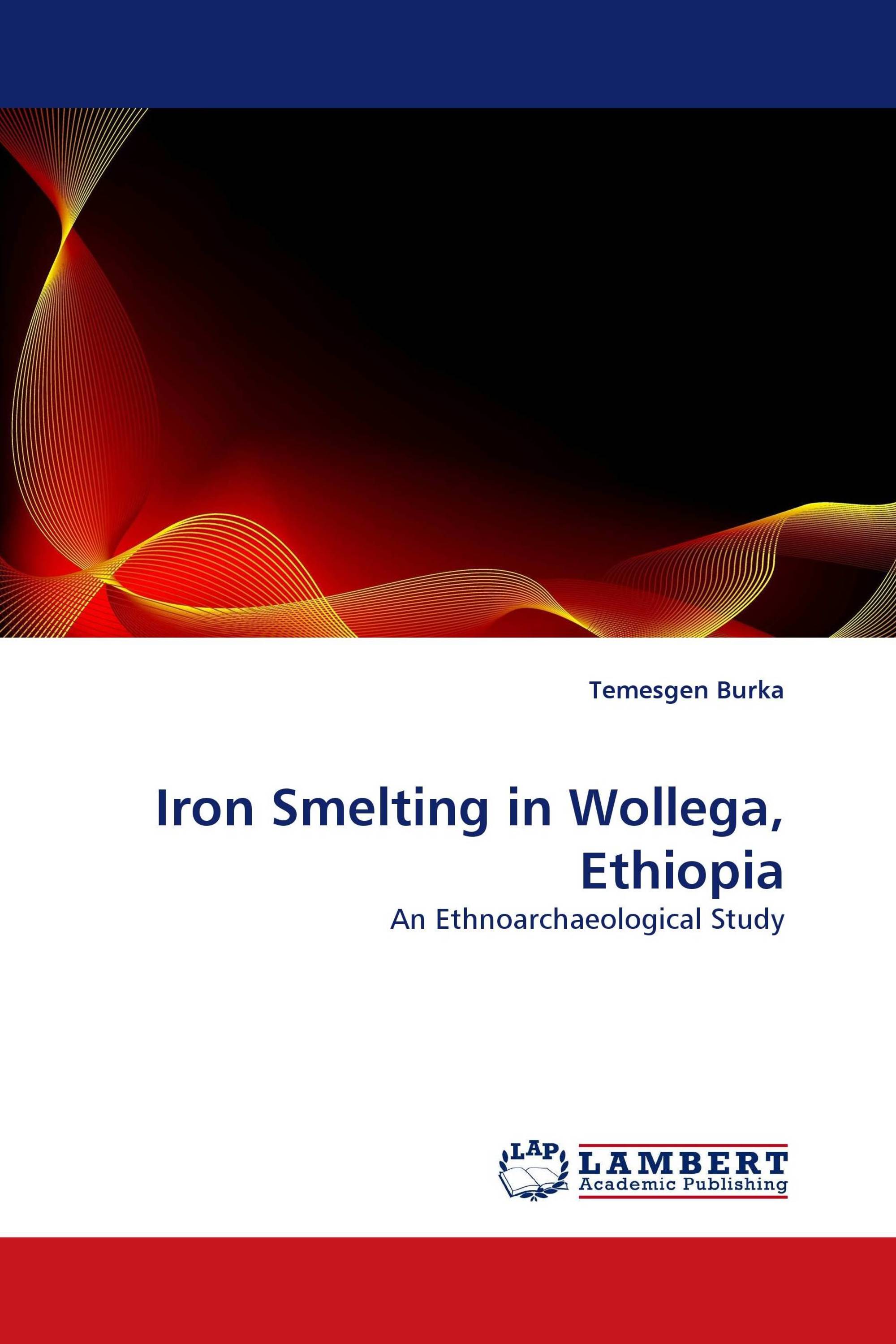On the discourse regarding iron smelting technology in Africa, it is known that two major classifications of the furnaces are made. Unlike this, iron smelting at Walagee in Wollega has been undertaken in a pit furnace, not ethnographically observed clearly in other parts of Africa. The ethnoarchaeology of iron production at Walagee locality of Wollega is entirely dealt with the reenactment of activities leading to the transformation of natural inputs to cultural products such as a bloom. It has therefore achieved in rewinding the technological and social processes accompanying smelting.Iron smelting at this site has been carried out in an underground furnace constructed in slopping position over one meter deep and clay tuyeres of 150cm as well as iron and horn tuyeres permanently attached to the bag bellows. Slag has been separated at two stages: First, beaten off by hammer at the smelting stage when the bloom is recovered and finally at smithing. Walagee smelters like their technology occupied a distinctly high place in the society-belonging to the class of farmers and rulers, and refuse to be categorized with smiths. More research is needed to clarify.
Book Details: |
|
|
ISBN-13: |
978-3-8383-6136-9 |
|
ISBN-10: |
3838361369 |
|
EAN: |
9783838361369 |
|
Book language: |
English |
|
By (author) : |
Temesgen Burka |
|
Number of pages: |
84 |
|
Published on: |
2010-09-23 |
|
Category: |
General Social sciences |
